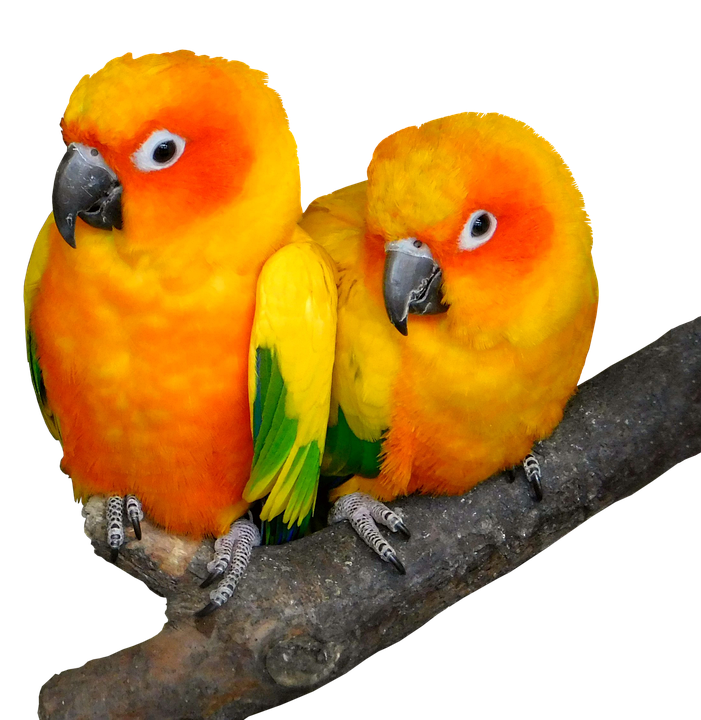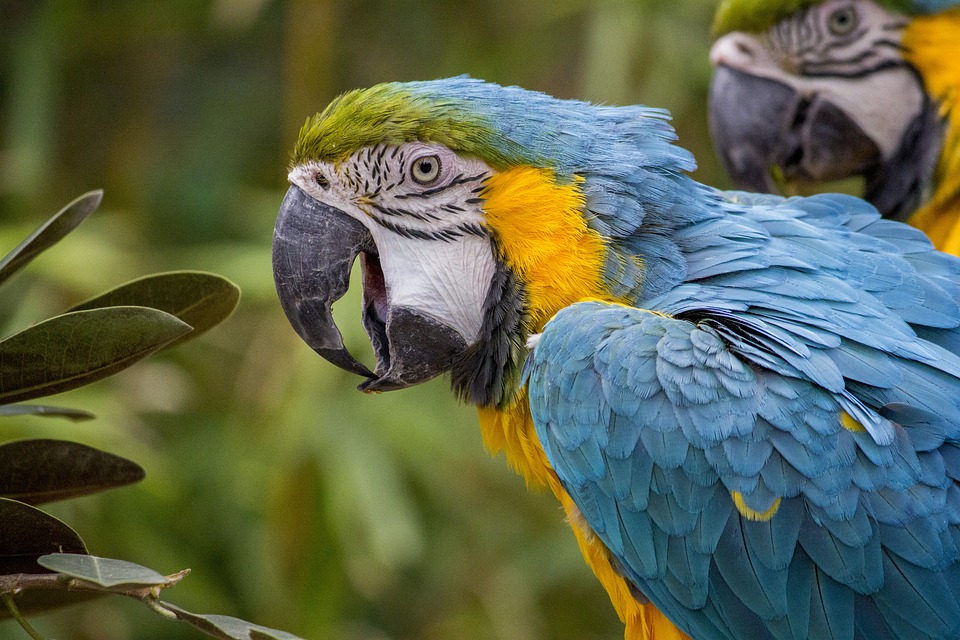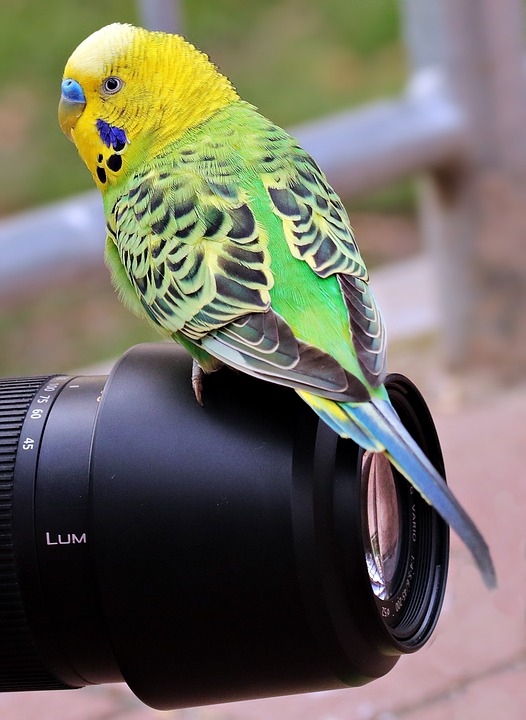Parrot training can be a fun and rewarding experience for both parrot owners and their feathered friends. Teaching parrots to respond to voice commands and hand signals not only strengthens the bond between the bird and its owner but also enhances the parrot’s mental stimulation and overall well-being. In this article, we will explore effective techniques to encourage parrots to respond to voice commands and hand signals, along with some frequently asked questions about parrot training.
I. The Importance of Parrot Training
Parrot training serves multiple purposes, including:
1. Establishing Clear Communication: Teaching parrots voice commands and hand signals enables effective communication between the bird and its owner, facilitating a deeper understanding of each other’s needs and desires.
2. Mental Stimulation: Training engages a parrot’s cognitive abilities, keeping them mentally active and preventing boredom, which can lead to behavioral problems.
3. Building Trust and Bonding: Training sessions provide opportunities for positive reinforcement and bonding between the parrot and its owner, strengthening the relationship and trust.
II. Getting Started with Parrot Training
To encourage parrots to respond to voice commands and hand signals, follow these steps:
1. Establish a Positive Training Environment: Choose a quiet and distraction-free area for training sessions. Ensure the parrot is comfortable and relaxed before starting.
2. Begin with Basic Commands: Start with simple voice commands like “step up” or “step down.” Use a clear and consistent tone while speaking to your parrot.
3. Pair Voice Commands with Hand Signals: Simultaneously use a corresponding hand signal along with the voice command. For example, raise your hand upward while saying “step up.”
4. Use Positive Reinforcement: Reward your parrot with a treat or verbal praise every time it successfully responds to a command or hand signal. Positive reinforcement strengthens the desired behavior.
5. Short and Frequent Training Sessions: Keep training sessions short (5-10 minutes) to maintain the parrot’s interest and prevent fatigue. Repeat sessions frequently to reinforce learning.
III. Troubleshooting Common Challenges
While training parrots, you may encounter some challenges. Here are a few common issues and their solutions:
1. Lack of Response: If your parrot doesn’t respond to a command or hand signal, ensure that the environment is free from distractions. Additionally, double-check if the parrot understands the command by repeating it with a clear tone and gentle hand signal.
2. Inconsistent Responses: Parrots may occasionally exhibit inconsistent responses. In such cases, review the training technique, reinforce the basics, and use positive reinforcement consistently.
3. Biting or Aggressive Behavior: If your parrot displays aggressive behavior during training, it’s crucial to address the underlying cause. Seek advice from a professional avian behaviorist or trainer to identify the root of the aggression and develop a suitable training plan.
IV. Frequently Asked Questions about Parrot Training
1. Q: Can any parrot be trained to respond to voice commands and hand signals?
A: Yes, most parrot species can be trained. However, individual parrots may have different learning abilities and personalities.
2. Q: How long does it take to train a parrot to respond to commands?
A: The training duration varies depending on the parrot’s species, age, and individual temperament. Some parrots may pick up commands quickly, while others may require more time and patience.
3. Q: Can parrots learn complex tricks and commands?
A: Yes, parrots are highly intelligent creatures and can learn a wide range of complex tricks and commands with consistent training, time, and patience.
4. Q: Should I punish my parrot if it doesn’t respond to a command?
A: No, punishment should be avoided during training. Instead, focus on positive reinforcement and rewards to encourage desired behavior.
Remember, parrot training is a journey that requires patience, consistency, and a deep understanding of your parrot’s individual needs and preferences. Enjoy the process and celebrate every small achievement along the way!









